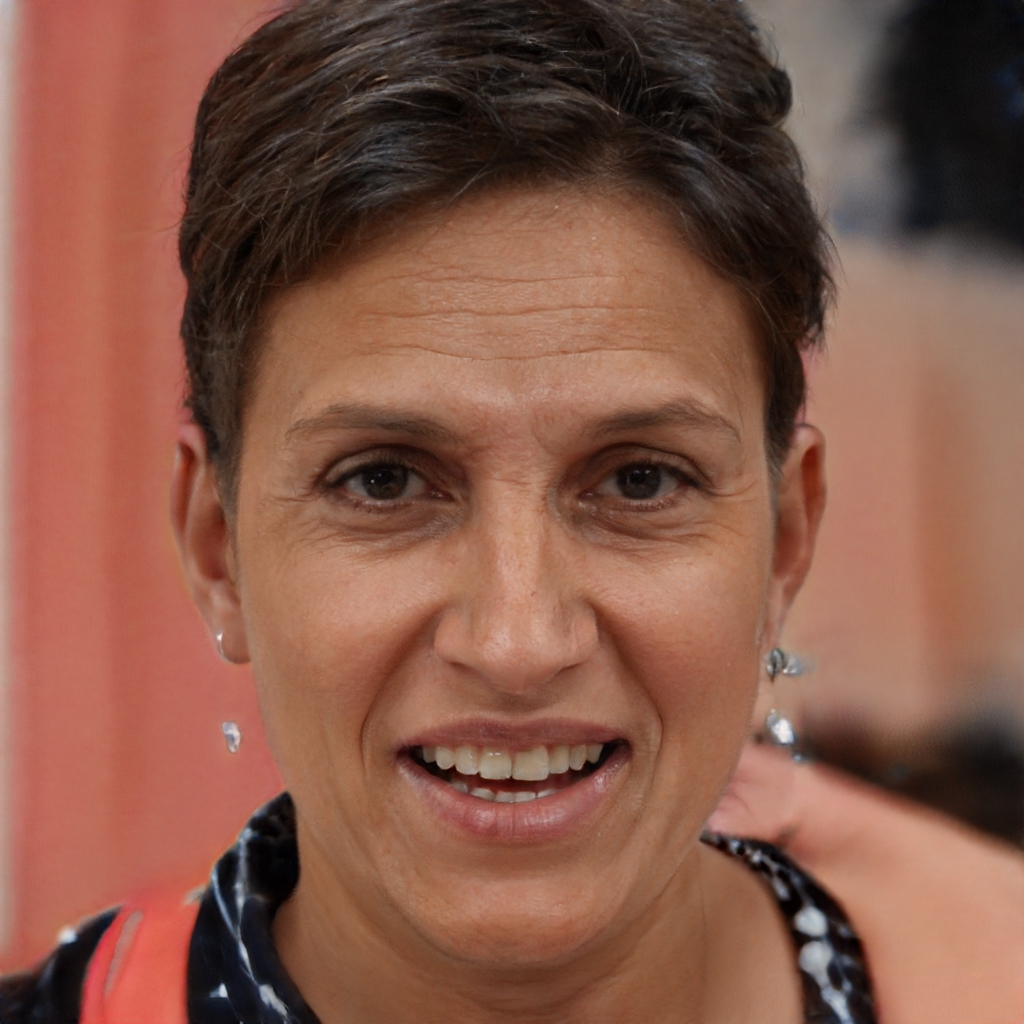Korea is regarded as a “water-stressed nation.” Although the country receives an annual precipitation of approximately 1,300mm, it is characterized by concentrated periods and specific regions, thereby giving rise to challenges stemming from water scarcity. The lack of drinking water extends beyond mere inconvenience, posing life-threatening implications for certain individuals.
I would much appreciate a video or more detailed chart of how this works. Words do a bad job.
Also, 210g-285g of water per kg of metal-organic frameworks (MOF) is a twofold increase, but how good is it in terms of efficiency compared to other solutions? How much does it cost to make these a kg of MOF? How many would one need and how much space would one need to generate enough water for say, an average household in South Korea?
how much space would one need to generate enough water for say, an average household in South Korea?
Alright, here are some “back of the envelope” calculations based on the information available. I hope I don’t screw anything up, and please ignore my utter disrespect for significant figures.
The Mayo Clinical says that the average person needs about 2.7-3.7 liters of water per day. Normally, this comes from both food and beverage, so how much of that you actually need to drink is going to vary depending on your diet, but let’s assume worst-case scenario, where all of your water comes from this device.
Given the stated output, and the fact that water conveniently has a density of 1kg/L, it seems that you’d need anywhere from 9-18kg (20-40lbs) of MOF to produce enough water for one person per day if this was your only source.
(1kg MOF/0.285kg water * 1kg water/1L water * 2.7L water/person = 9.5kg MOF/person)
(1kg MOF/0.210kg water * 1kg water/1L water * 3.7L water/person = 17.6kg MOF/person)
ArcGIS says the average household in South Korea is 2.4 people, so now we’re at 22.8-42.2kg (50-93lbs) of MOF to meet the water requirements.
I have no idea what the density of MOF is, so I don’t know how much space this would take up. Metals vary significantly in density, but we can look at Aluminum (2600kg/m^3) and Lead (11,300kg/m^3) to get some idea of range.
22.8kg * 1m^3/2600kg = 0.00877m^3
22.8kg * 1m^3/11,300kg = 0.0020m^3
42.2kg * 1m^3/2600kg = 0.0162m^3
42.2kg * 1m^3/11,300kg = 0.0037m^3
I’m struggling to come up with “real world” equivalents to help you visualize the volumes. The smallest one is a sphere about 16cm (6.3in) in diameter. The largest one is a sphere about 31cm (12.2in) in diameter.
Obviously, the device wouldn’t be a sphere, and it wouldn’t be made of just MOF. The diagram showed a tube of MOF wafers surrounded by a container, but that should give you a very basic idea of the materials required. Again, this is all assuming I didn’t make any mistakes, which feels like a bold assumption at this point.




